An air particulate filter is a device that separates solid particles from a stream of flowing air and further retains them on the surface or inside the filter medium by diffusion, impact, attachment or electrostatic action.
The physical, chemical or physico-chemical attachment of the pollutant to the filter substrate is used.
Absorption - Toxic substances are stored inside the structure of the absorption medium
Adsorption - Toxic substances are deposited on the surface of the adsorption medium - typical for activated carbon and substances with a large specific surface area
Reactions - Toxic substances react with the filter material to form other, harmless or less toxic reaction products - for example impregnated activated carbon
Classification of air filters, according to ČSN EN779: 2012, EN 1822-1-5: 2009.
- input, classes G1-G4, an example of use:
- main HVAC filter - prefilter for filters with higher filtration efficiency
- inlet filter for M6-F8
- class filters medium and fine, M5, M6, F7-F9, application example:
- protection of HVAC equipment
- prefilter for filters with higher filtration efficiency
- air to rooms and production processes
- the second stage of air cleaning of the HVAC system
- air to office rooms, hospitals, food processing
- air preparation for EPA, HEPA, ULPA filters
- absolute - EPA, HEPA, ULPA, classes E10-E12, H13, H14, U15-U17
- hospitals, the food and pharmaceutical industries
- sterile premises, electronic, optical industry
- nuclear power plants, biotechnology, areas at risk of bacterial contamination
Filters standardly used in filter units are manufactured by the leading Czech filter manufacturer TROX KS Filter a.s.
Filtertowers.com fits these filters into filter units with standard size slots to ensure compatibility.
 Washable Washable |
Coarse filtration - installation of coarse frame filter KS MA 20
- separation of coarse impurities
- leaves, insects, textile fibers, sand, ash, hair ...
- pollen, fog
- filtration class G3
- possibility of filter regeneration (washing)
- frame filter is made of aluminum interwoven medium, frame 592 * 287 * 20 mm initial filter pressure drop 12 Pa *
|
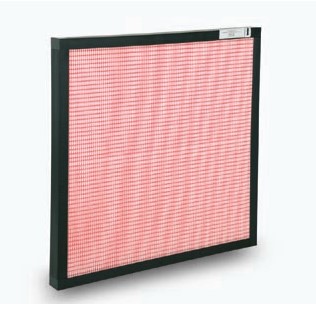 Exchange Exchange |
Fine filtration - installation of a fine frame filter, KS MPP 35
- separation of fine impurities spores
- dust, larger bacteria
- serves as a prefilter
- filtration class M6
- frame filter is made of Minipleat medium polypropylene, frame 592 * 287 * 35 mm
- initial filter pressure drop 22 Pa *
|
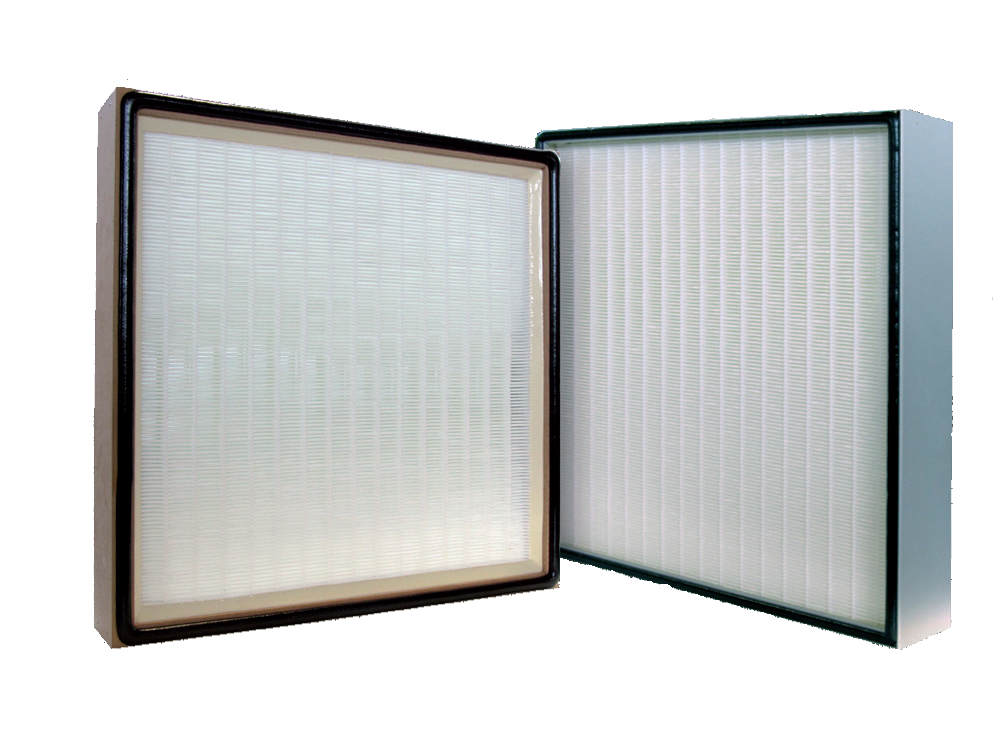 Exchange Exchange |
Filtration with the help of an absolute filter, the KS Bestfil frame filter is fitted as standard
- separation of
- soot, fine dust fractions
- tobacco and oil smoke, bacteria
- germs, viruses on carrier particles
- aerosols, radioactive aerosols, microparticles, viruses
- filtration class H13
- the filter is made of hydrophobic filter paper made of glass microfibers, frame 610 * 305 * 70(75) mm
- initial filter pressure drop 150 Pa *
|
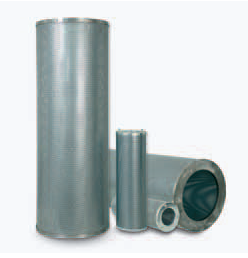 Regeneration Regeneration |
Activated carbon filtration - adsorption filter, KS Kopa filter cartridges fitted as standard
- separation of hydrocarbons, vapors, odors, acids and amines, organic substances, styrene, acetates, diesel vapor, ammonia, thinners, solvents, ...
- can be regenerated
- the filter is made of galvanized steel and filled with non-impregnated or impregnated activated carbon weighing 2 kg, cartridge size D145 * 450 mm
- the filter unit allows the installation of 2 pieces of these filters at the same time
- initial pressure drop of filters 105 Pa *
|
* pressure losses are related to the intake air volume of 300m³ / hour
* filter slots are standard sizes, they can be fitted with filters with filtration quality as required
* final pressure drop - the pressure drop of a clogged filter - is approximately twice the initial pressure drop





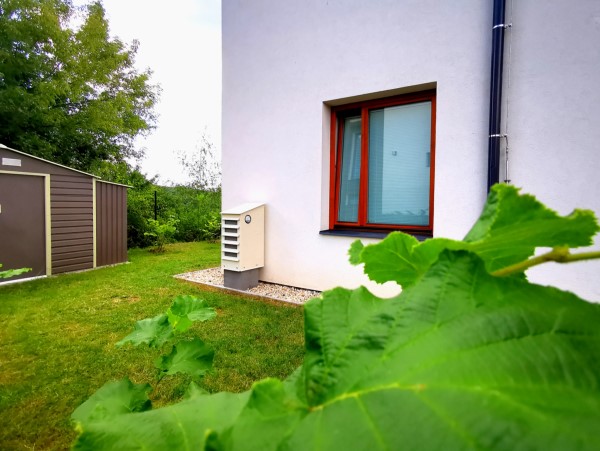
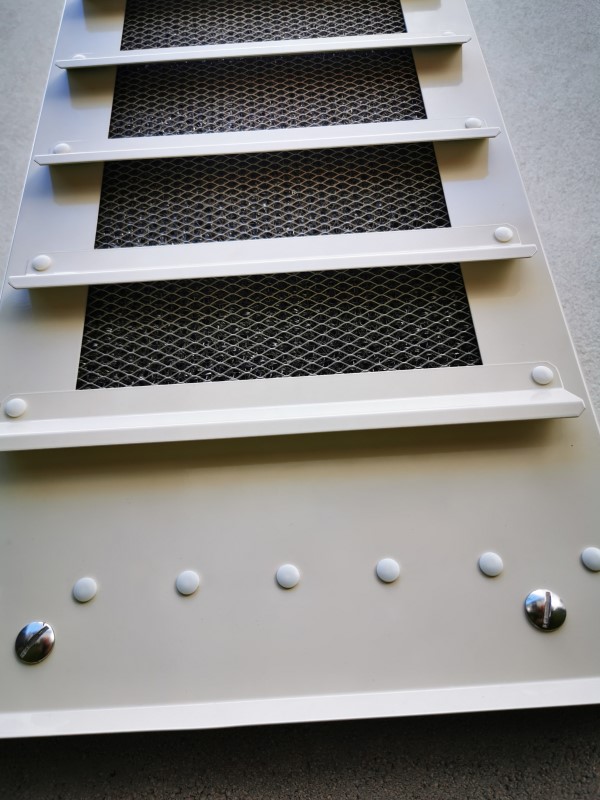
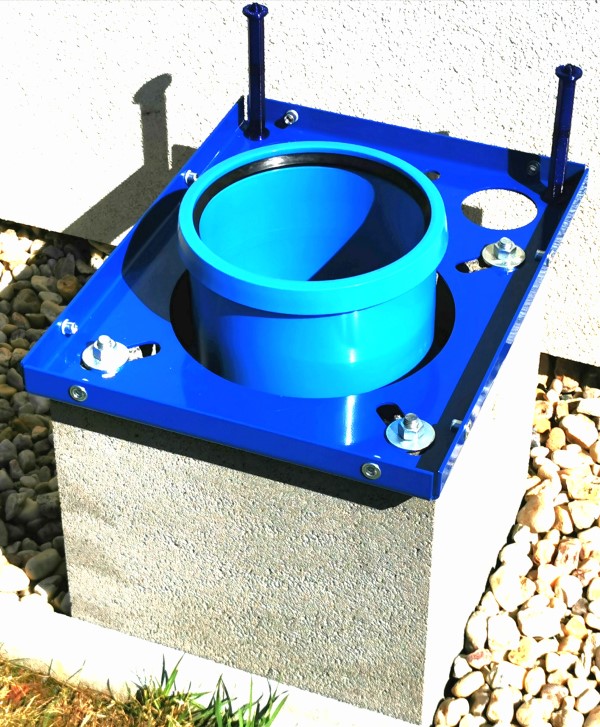
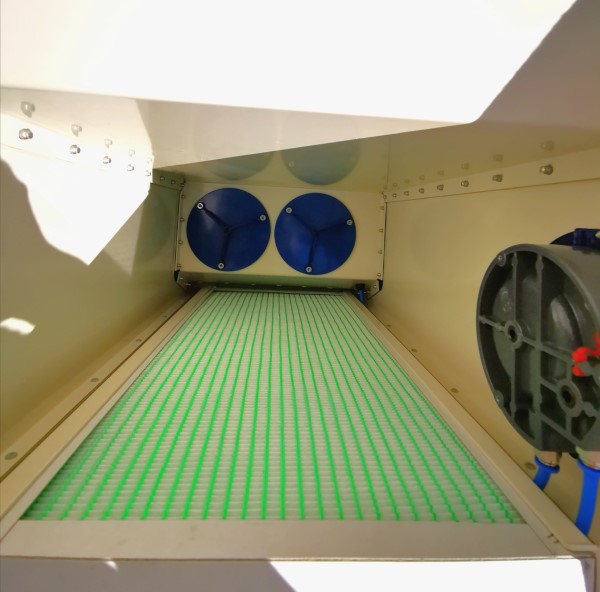
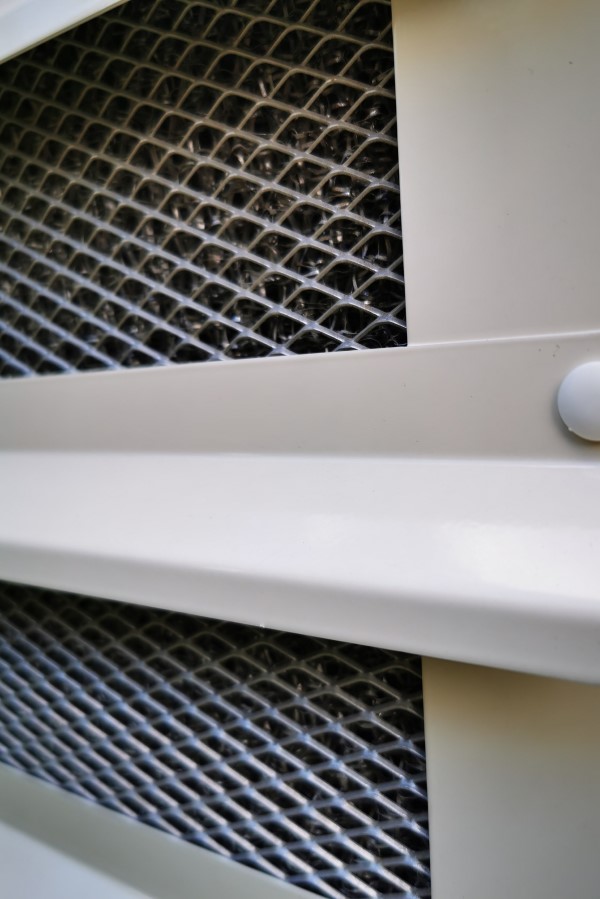
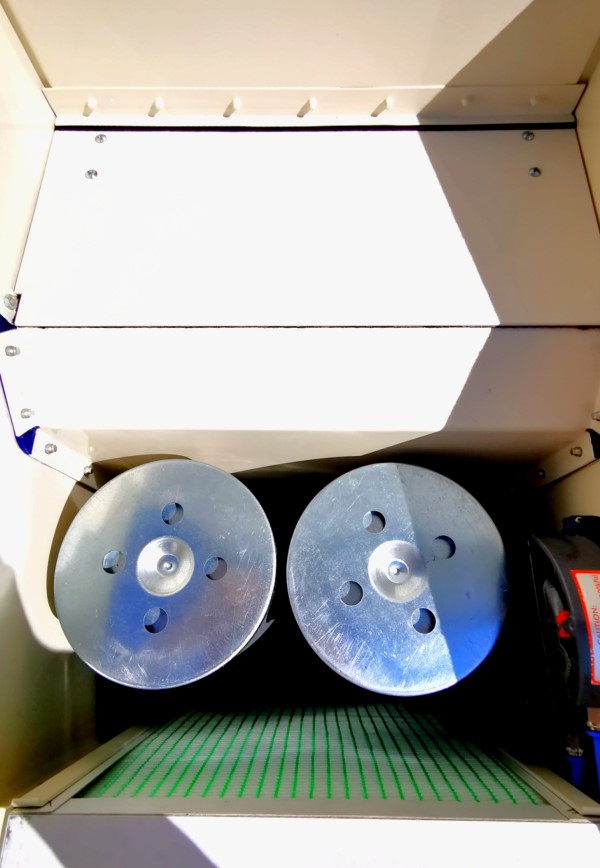
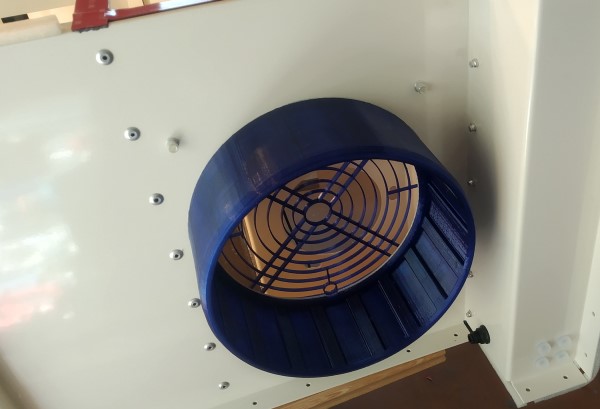
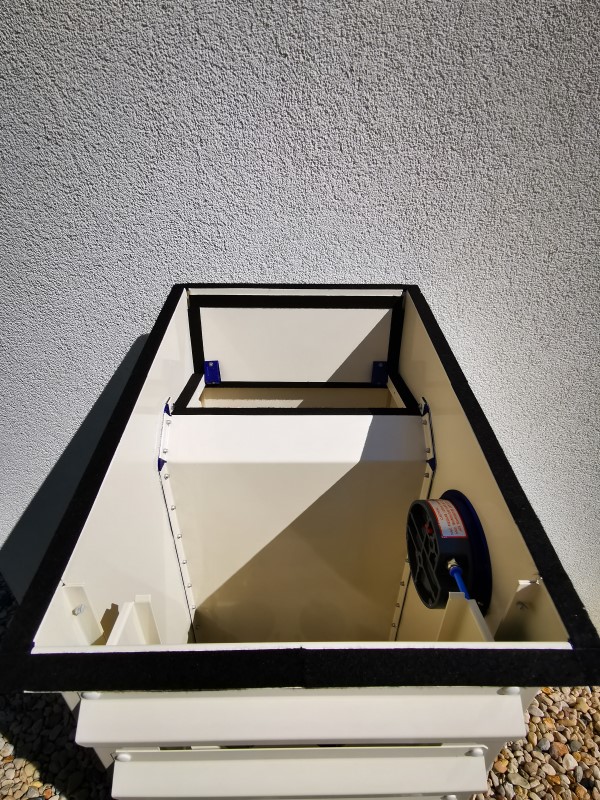
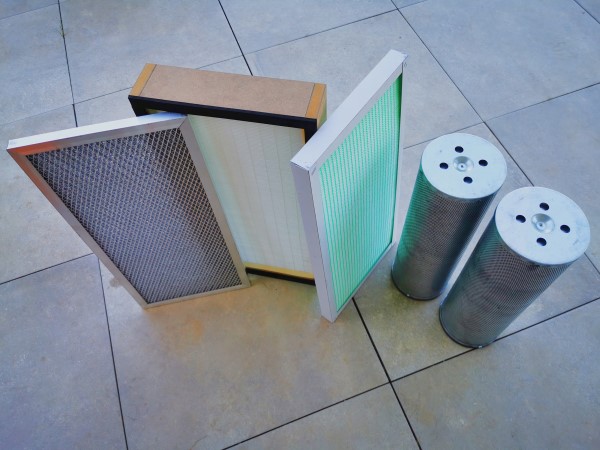
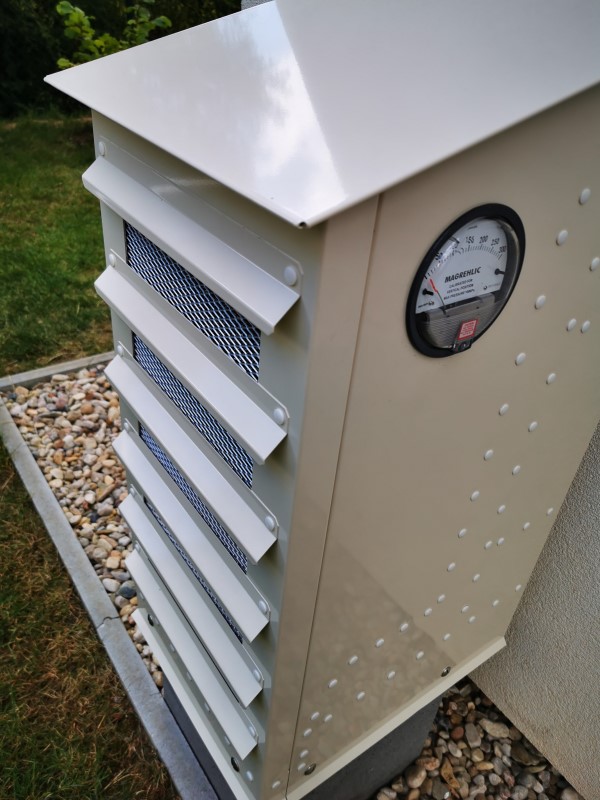
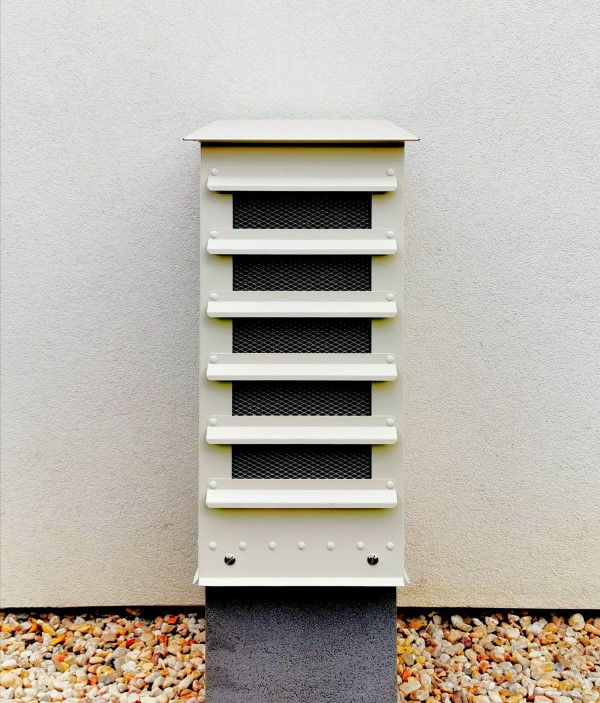
 Washable
Washable Exchange
Exchange Exchange
Exchange Regeneration
Regeneration